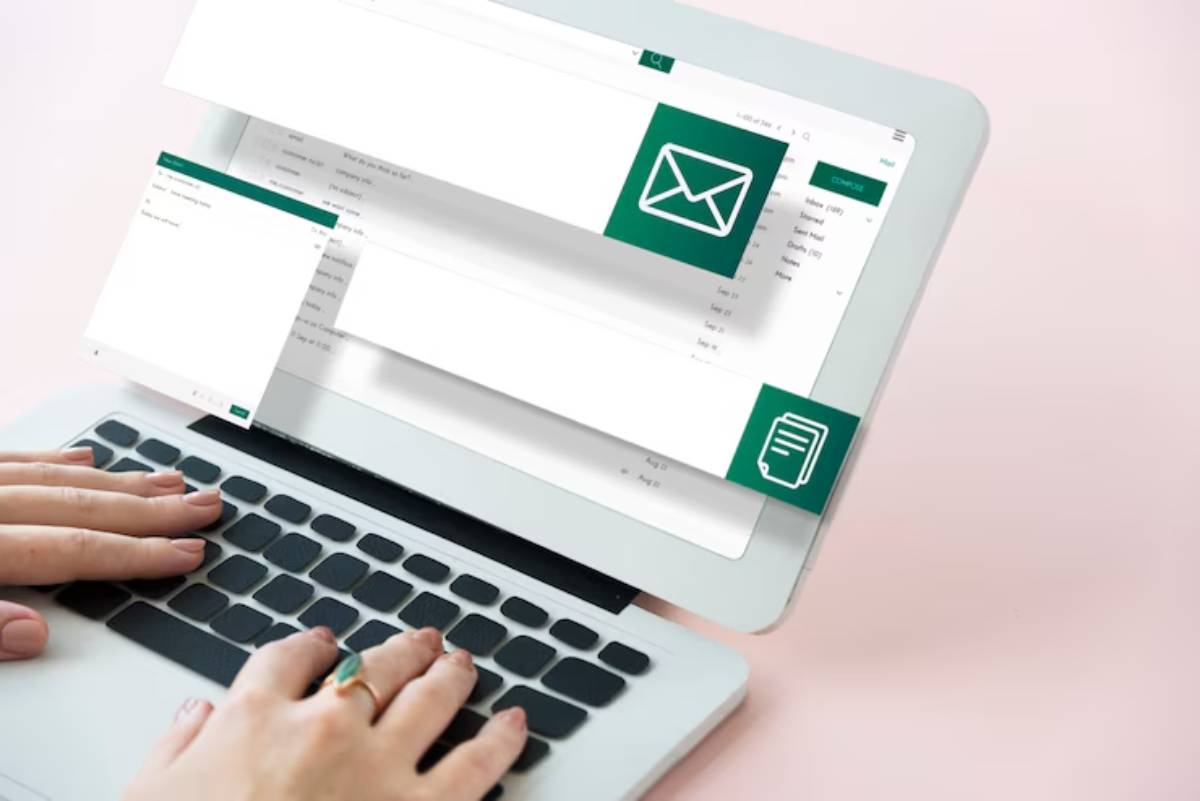The Health Blog

Utilising Productivity Tools for Remote Work Efficiency
Remote work is here to stay. And with it comes the promise of flexibility, autonomy, and comfort. But as anyone who’s ever juggled a dozen open tabs, virtual meetings, and scattered to-do lists knows — working from home doesn’t automatically mean working efficiently.
That’s where productivity tools step in. Not just fancy add-ons, but essential solutions that help organise your tasks, streamline communication, reduce context switching, and ultimately save time.
This article explores how the right remote work apps and efficiency software can revolutionise your workday. From personal task trackers to full-suite collaboration tools, you’ll learn how to match the tech with your work style and reclaim control over your digital workspace.
The unique productivity challenges of remote work

It’s not just about Wi-Fi — it’s about structure
While remote work offers freedom, it also blurs the lines between work and life. Without intentional strategies or digital support, productivity can slip.
Common pitfalls include:
- Unstructured schedules: Without a commute or office cues, days can lose definition
- Communication overload: Constant pings, emails, and Slack messages can drown real priorities
- Task fragmentation: Work gets spread across tools, making progress hard to track
- Lack of accountability: No physical presence can make collaboration feel distant
- Tool fatigue: Too many apps with overlapping features create chaos instead of clarity
The right tools don’t just solve these issues — they prevent them.
Key areas where productivity tools make the biggest impact
You don’t need hundreds of tools — just the right few
To avoid tool overload, it helps to think in categories. Each category addresses a specific function in your remote work routine.
1. Time and schedule management
Why it matters: Structure prevents drift. Knowing where your time goes is the first step to controlling it.
Recommended tools:
- Google Calendar / Outlook – Schedule clarity
- Clockify / Toggl – Track where your time really goes
- Sunsama – Combines daily planning with to-dos and calendar sync
2. Task and project management
Why it matters: Without visual task flow, deadlines sneak up and priorities blur.
Recommended tools:
- Trello – Visual boards, simple to start
- Asana – Great for team projects with timelines
- ClickUp – All-in-one workspace for tasks, docs, goals
3. Communication and collaboration

Why it matters: In remote teams, async clarity beats constant chatter.
Recommended tools:
- Slack / Microsoft Teams – Instant messaging, with channel organisation
- Zoom – Record quick videos to replace meetings
- Zoom / Google Meet – Reliable video conferencing
4. Focus and distraction control
Why it matters: Notifications are the enemy of deep work.
Recommended tools:
- Forest – Stay off your phone while planting a virtual tree
- Freedom – Block distracting websites for set periods
- Notion / Obsidian – Centralise ideas, notes, and knowledge base
5. Automation and workflows
Why it matters: Don’t do manually what a bot can do for you.
Recommended tools:
- Zapier – Automate repetitive tasks between tools
- Notion AI – Smart suggestions for writing, task summaries
- IFTTT – Personalised automations across apps and devices
When paired with intentional scheduling, these tools become game-changers. Explore our blog on time management techniques for remote workers to see how to blend these tools into a fluid daily rhythm.
Recommended tools for common remote work challenges
Let’s break it down by the types of roadblocks most remote professionals face — and the tools that can help solve them:
Problem 1: Scattered to-do lists and project confusion
Solution: Use a centralised task manager
- ClickUp: Plan tasks, attach files, assign collaborators
- Todoist: Great for individuals or freelancers managing solo workstreams
Problem 2: Missed deadlines or foggy priorities
Solution: Set up visual workflows and automatic reminders
- Asana: Gantt charts, automation, recurring task reminders
- Trello with Butler (automation): Keep cards moving and deadlines flagged
Problem 3: Inbox overload and communication fatigue
Solution: Streamline with async tools
- Twist: Threaded conversations instead of noisy chats
- Loom: Record your thoughts and updates — no meeting required
Problem 4: Multitasking burnout
Solution: Create focus rituals
- Serene: One-task-at-a-time mode, with focus music
- Pomofocus.io: Simple Pomodoro timer in-browser
- Noisli: Background sounds to block distractions
Problem 5: Isolation or team misalignment
Solution: Use virtual spaces to build culture
- Doughnut (Slack app): Casual team meetups
- Miro: Visual whiteboarding for brainstorming
- Range: Daily check-ins with goal-tracking and moods
These aren’t gimmicks. They’re intentional design choices for working smarter, not harder.
How to choose the right tools for your workflow
Fit matters more than features
Before adopting new tools, ask:
- What problem am I trying to solve?
- Will this simplify or complicate my workflow?
- Does it integrate with my current apps?
- Will I actually use this every day?
Less is often more. Aim to build a lean tech stack that includes:
- One task/project manager
- One primary communication platform
- One distraction blocker or focus enhancer
- One time-tracker or planner
- Optional: note-taking, automation, and team-building tools
Start with your biggest bottleneck, and find the tool that eases it.
Real-world tip: stack tools with intention
Technology is a tool — not a crutch
Tools should support your brain and workflow. They shouldn’t be a replacement for awareness, prioritisation, or rest.
Use them to:
- Automate the routine, not the reflective
- Enhance team connection, not just “check in”
- Create boundaries (like no Slack after hours), not overexpose your availability
- Document learnings, not just tasks
Want to build an even healthier tech-work balance? Learn how mindfulness enhances focus so you’re not just productive, but present.
Conclusion: Efficiency isn’t a result of the tools — it’s what you do with them
In a remote work world, how you work matters just as much as what you do. The best productivity tools don’t just help you get more done — they help you get the right things done, in less time, with less stress.
From minimising distractions to improving team flow, the right remote work apps can become your digital allies. But remember: tools are only as effective as your intention behind them.
So, choose wisely. Set them up thoughtfully. And let them enhance your freedom, not just manage your output.
Because real productivity isn’t about hustle — it’s about harmony.









